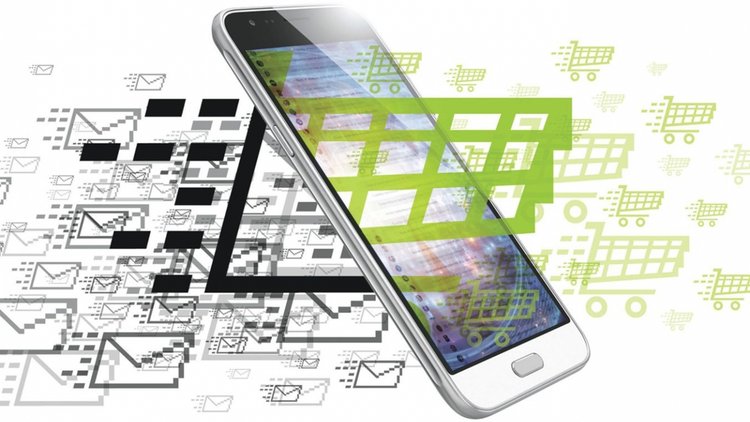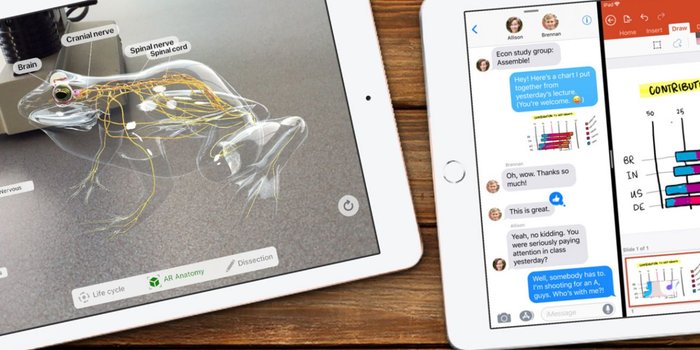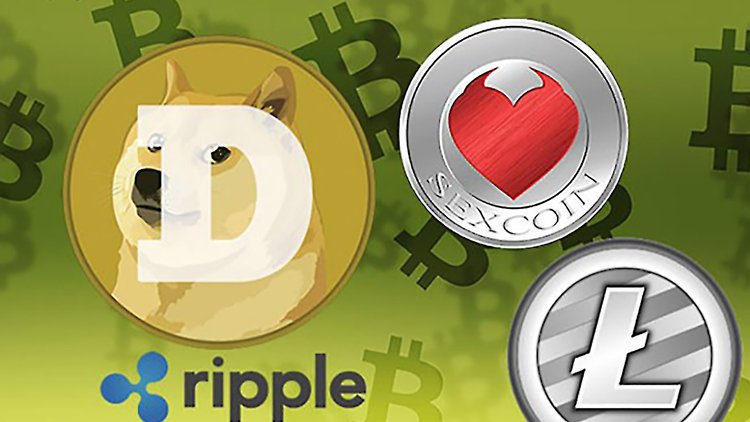More Emails, More Sales? The Surprising Argument For Aggressive Email Marketing.
Don’t annoy your customers. If there’s a cardinal rule of email marketing, that’s it. Thus, most marketers describe the ideal email strategy as a careful balancing act between frequency and engagement. Sure, you need to send enough emails to stay on the customer’s radar. But send too many and your subscribers will flee, your click and open rates will plummet and you will find yourself branded a common spammer.
For a time, Dela Quist shared this fear. Quist, CEO of British and U.S. email marketing firm Alchemy Worx, “started out where everyone else did, worrying about open rates and trying to get them as high as possible,” he says. Then he began digging into the numbers, looking at client campaigns for evidence that a business could get better results by sending less email.
“What we found was, no matter what we did, more email generated more revenue. You could not stop that happening,” he says. So, data in hand, Quist began preaching a different gospel: Nothing is likely to make you more money than sending another email.
In essence, Don’t worry about annoying your customers. The data says they don’t hate email.
Quist’s “more is more” attitude makes email marketers nervous, but he gets results. Alchemy Worx’s client list includes names like Tesco, Expedia and Hilton. One client, the U.K. insurer Aviva, saw the number of insurance quotes requested grow 48 percent after rolling out a strategy to email customers more often.
Quist’s philosophy comes from a simple insight -- that email isn’t mail. It’s natural to think of email as the digital cousin of the bulk mailer: expensive to send and a mailbox-clogging misery to receive. But, Quist argues, that’s the wrong way to think about it. Given how cheap email is to send -- and how painless it is to ignore -- it makes sense to treat it like television. Once you start thinking about email as a broadcast medium, Quist says, you can begin to fret less about taking up precious space in a finite inbox, and think more about maximizing how many people your message reaches, and how often.
“The Sermon on the Mount would never have happened if Jesus had had to wander around and tell everybody individually,” he says. “Sometimes broadcast is a good thing.”
Of course, it’s true that when email frequency goes up, your click and open rates for your campaign typically go down. But that doesn’t tell the whole story, Quist says. If you look at the numbers over a longer time span -- say, a year -- sending more email will ultimately reach more customers and give the ones you have more chances to do business with you.
A better way to look at engagement is to focus on customers, not campaigns. If you can boost the percentage of your customers who have ever opened or clicked on an email, you will most likely boost your revenue as well -- and if you email your list more often, that’s exactly what will happen, Quist says.
And even if your email never gets opened or clicked on, it still makes an impact. Fleeting glances at subject lines can add up to a powerful brand impression over time. “Receiving an email is a primary driver of sales,” he says. “People who don’t open emails are significantly more likely to buy than people who don’t get the email at all.”
To test this, Quist charted one client’s revenue over the course of two weeks from customers who got, but did not open, an email. Sure enough, there was a dramatic spike in revenue from non-email openers the day after a campaign was sent.
Businesses often underestimate how much of their revenue can be traced to email campaigns, because purchases psychologically driven by email show up in other channels like web search and physical retail. In a 2013 paper in the Journal of Digital & Social Media Marketing, Quist looked at the data for a major U.S. retailer over the course of a year and found that on days when an email blast was sent, revenue from non-email sources was boosted anywhere from 10 to 40 percent.
But what about segmentation -- the increasing number of tools at entrepreneurs’ disposal allowing them to carve up and microtarget their email lists? Overrated, Quist says. Segmentation can be a powerful way to tailor the right message to the right type of customer. But if you’re using it to cut down on the number of people getting a particular campaign, you’re probably doing it wrong.
If you have a good message to send, “you could send it to one person, or you could send it to a million,” Quist says. Picking just a segment of your list to send it to might get you better open and click rates, but you’re also missing out on potential customers. If even one of those nontargeted customers might buy your product because of your email, it’s probably worth it to broadcast far and wide.
Tailoring messages to different groups is fine, Quist says -- but the more you segment, the more time you’ll spend crafting your individual messages for each segment of your list. That time could probably be better spent on making high-quality messages for your whole list. “It’s so much easier to find one thing that entertains a million people than a million things that entertain one person each,” he says.
Quist also believes that the widespread fear that customers will misinterpret frequent mailings as spam is similarly misguided. Whether or not people consider an email to be spam has more to do with what they think of the business than with how often the business talks to them, Quist says. Unless a business is refusing to honor the “unsubscribe” option, there’s no reason it should worry about spamming its customers. “Spam is a thing of the past. The only email you get is stuff you signed up for,” he says.
Even unsubscribe requests -- the supposed kiss of death to email marketers -- aren’t always a bad thing, Quist says. Often, when people unsubscribe from a list in response to increased email frequency, it’s because they weren’t interested in buying your product to begin with.
Email service providers tend to be wary of Quist’s gung-ho attitude, but their research sometimes backs him up. A broad 2016 internal study by MailChimp -- whose advisers caution businesses to keep a close eye on click and open rates, and avoid unsubscribes -- found that subscribers who never opened their email were surprisingly valuable to a business’s bottom line. As a result, MailChimp changed its tune on the wisdom of pruning inactive subscribers regularly.
If more really is more in the world of email marketing, why do so many email experts insist that you have to balance getting your message out with not harassing customers too much? Quist says some of the industry’s fretfulness about the preciousness of the inbox can be traced to the age of the average digital marketer: too young to have spent much time in the broadcast trenches, where the rules of “reach, frequency and impact” that he lives by were forged.
“It’s Groundhog Day for a lot of marketers,” he says. “I’m kind of older. I’m blessed to have been in the right place at the right time in terms of digital exposure, but old enough to have real-world marketing experience. That tells me that the reality is in the numbers.”
Since he decided to stop worrying and learned to love the “send” button, Quist has been on a mission to change the way people think about email marketing, through speeches, columns, studies and other forms of evangelism, but it’s been a slog. “I find myself embroiled in an endless game of whack-a-mole,” he says. “I just can’t kill it.” Still, he’s open to being proved wrong. “If I’m that crazy, and if I’m that wrong, surely it would be easy to disprove me with data,” he says. “I’m putting out data all day.”
Source: Entrepreneur.com














